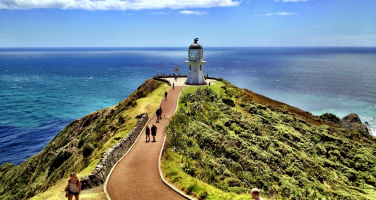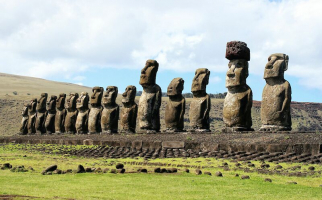Top 8 Most Beautiful Historical Sites in New Caledonia
New Caledonia is a French territory in the South Pacific that consists of dozens of islands. It's noted for its palm-lined beaches and marine-life-rich lagoon, ... read more...which is one of the world's largest at 24,000 square kilometers. But not only that, New Caledonia possesses lots of destination with high value of history. And here are the most beautiful historical sites in New Caledonia.
-
Built in 1858, Chateau Hagen is now open to the public. The main structure was constructed between 1889 and 1892. The Chateau Hagen estate was purchased by the South Province in 1998 and was promptly designated as a Historic Monument to preserve the preservation of this important piece of Caledonian history.
As part of the 2006-2010 South State-Province development contract, extensive restoration work on the Chateau Hagen, the Taragnat house, and the stables began. The almost 2-hectare landscaped area has also been totally restored to recreate an ornamental park, an educational food garden, outdoor display platforms, and a cultural amphitheater, with a total of 135 plant kinds, 25% of which are native to the area.
Chateau Hagen now an artistic and cultural space whose missions include promoting the site's history, architecture, and botany, participating in the development of the arts through the organization of events such as exhibitions and film screenings, dances, theaters as well as welcoming schools and groups for visits, and organizing formal and institutional events.
Location: Nouméa
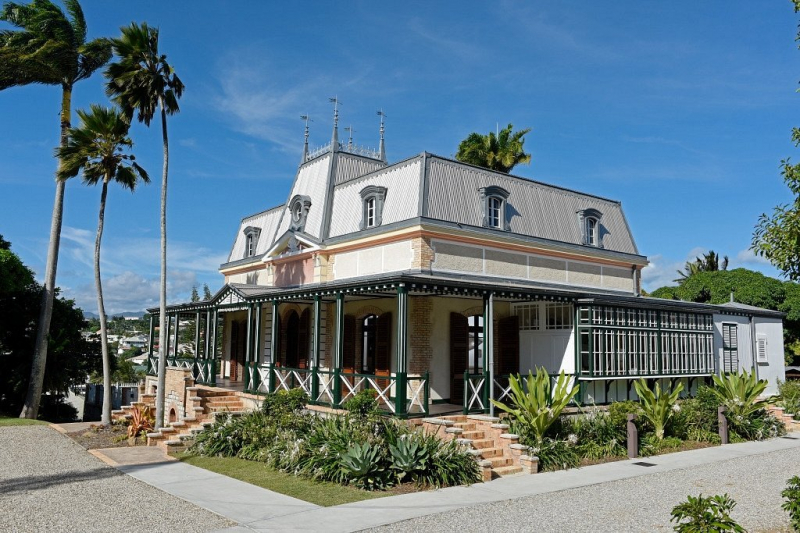
Photo: TripAdvisor 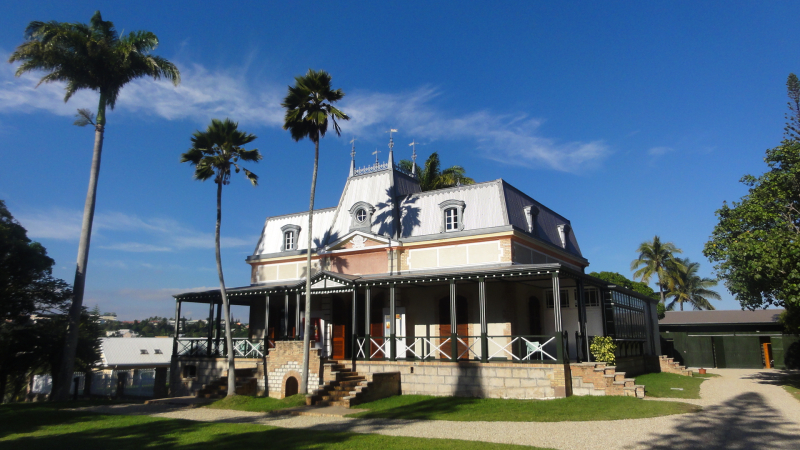
Photo: Wikimedia Commons -
Fort Téremba was founded in 1871 on a plateau with a view of the sea. This structure is intended to serve as the jail and administrative center for the enormous Uara region that stretches from La Foa-Farino-Moindou, according to its founder, Governor Gaultier de la Richerie.
It was in 1984 that the Marguerite Association determined to safeguard this hub of New Caledonian history from oblivion. She was acquired by the Moindou district in 1989 and classified as a Historic Monument by the South Province. Therefore, Fort Téremba is one of the most beautiful historical sites in New Caledonia. The 11-hectare site is currently undertaking an extensive rehabilitation initiative with the help of the local communities. Téremba's interpretation center is also a pleasant venue for patrimony classes interested in learning about the country's history. Finally, every year for the length of a spectacle called "Sound and Light," 180 volunteer bit-players light up this ancient jail.
Location: Nouméa
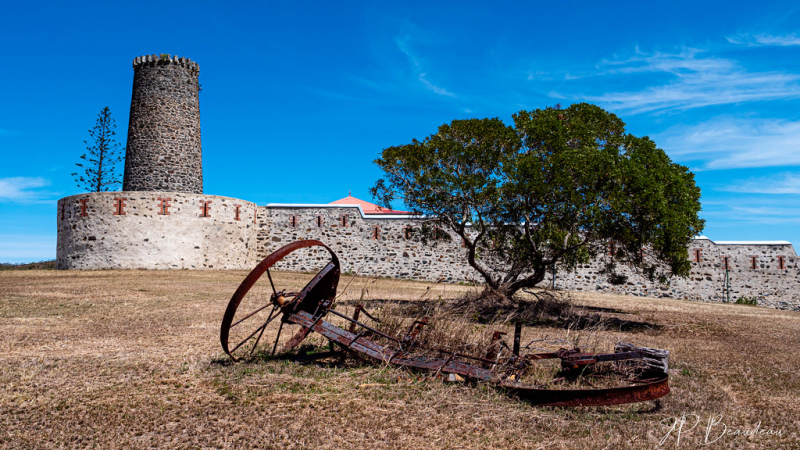
Photo: Flickr 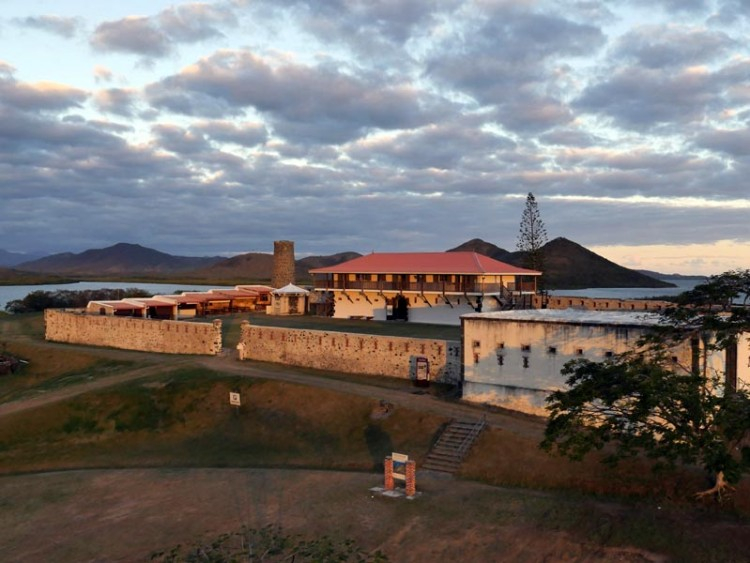
Photo: LVSL -
La Maison Celieres is a wonderfully restored colonial house and garden, along with tastefully displayed stories and artifacts. It also publishes a fantastic walking tour guide, English is available for overseas visitors. That highlights the many colonial-era homes in the Faubourg Blanchot district. This historical and cultural education is completely free! You can stumble across several unique shops and pubs while walking around the lovely Faubourg Blanchot neighborhood.
La Maison Celieres consists of two unique gardens: an ornamental garden in the front and a food garden in the back. The iron gate, nicknamed "the Baro" by its tenants in allusion to the Creole name for a gate, provides access to the decorative garden. In this garden, convicts planted the trees. A latanier, a palm native to the Indian Ocean, has survived from the time of the Célières. Previously, royal palms were planted on either side of the entryway, and beds of roses and lilies were planted on either side of the paths leading to the house, defined by upturned champagne bottles or pearly shells. A food garden including a vegetable patch, an orchard, a hutch, and a chicken coop is located behind the house. There's also a sapotier (a common tree on Reunion) and a Cythera apple tree.
Location: Nouméa
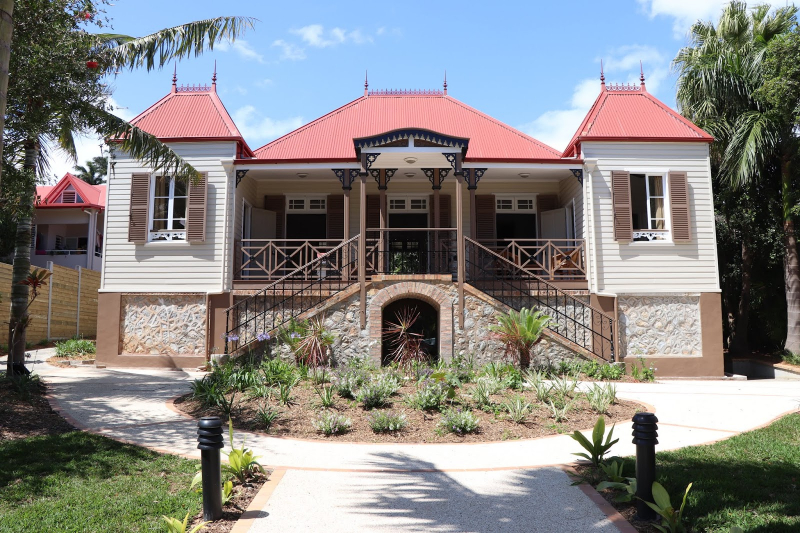
Photo: Film France 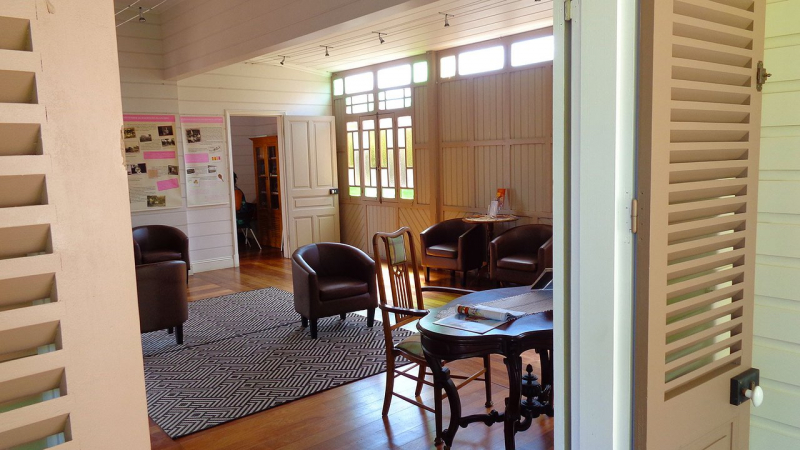
Photo: TripAdvisor -
The Théâtre de l'Île is a theater located inside Nouville, a former prison from the nineteenth century. This high-culture center is known for its diverse programming, which alternates local and international shows. The wealth of plays performed at the Théâtre de l'Ile will pleasantly surprise you if you enjoy high-quality theater. Its diverse and innovative programming transports you to a variety of realms. Local groups make highly folkloric productions that alternate with well-known works presented in France. The strength of the Théâtre de l'Ile is its ability to attract well-known plays and talent from all over the world.
When you go into the Théâtre de l'Ile, you are immediately immersed in the prison and deportation history. The structure, which was intended to house a church, has seen several changes since it was built in 1886. It was long abandoned and had become nothing more than a ruin when it was resurrected to house the Théâtre de l'Île. It was the result of a successful architectural restoration and was inaugurated in 2000. Its modern design merges seamlessly with the historical relics that have been meticulously conserved. For the Caledonians, it has become more than a theater; it has become a place of remembering.
The Théâtre de l'Île offers a unique ambiance. You can enjoy food and a drink with friends on the square before entering the gorgeous theater, admiring its architecture, and then sitting comfortably in its crimson chairs. Alternatively, you can simply relax in the foyer while appreciating one of the theater's frequent displays of paintings by local artists.
Location: Nouméa
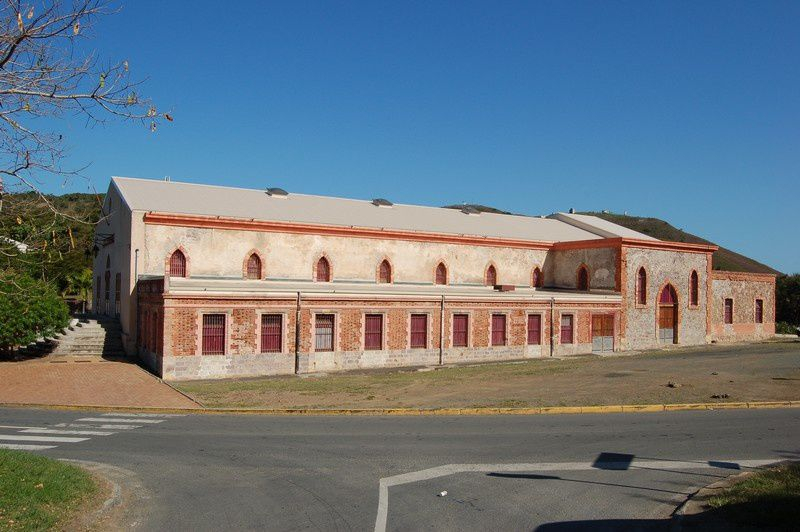
Photo: Ecrivain du Caillou 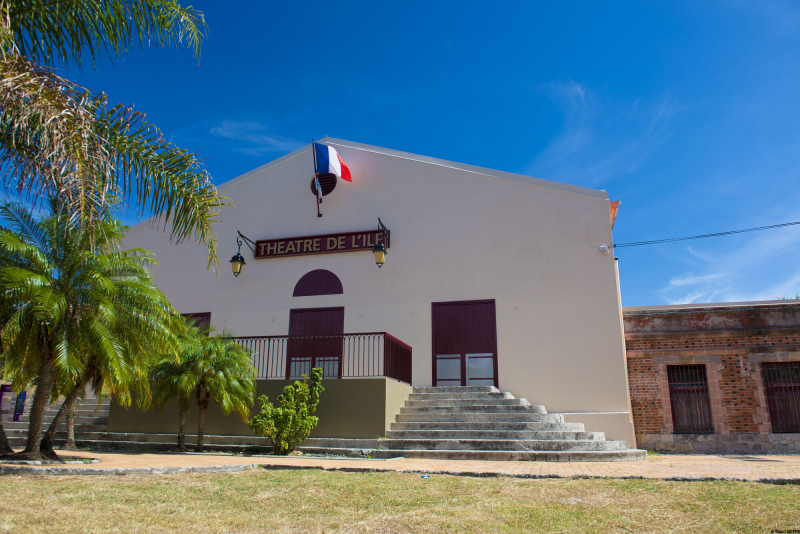
Photo: Destination Province Sud -
Nickel is abundant in New Caledonia and mining is significantly essential for its economy. In Tiébaghi mining village, you will be astonished by the wealth of the former mining community. The sites have been meticulously restored, and a visit is a highly educational experience, not to mention a spectacular view! This mining village of Tiébaghi is located around 20 kilometers from Koumac in the mining massif.
The property was purchased by INCO, a Canadian company, in 1967, and reopened briefly in 1976. Furthermore, not far from the ancient site, enormous nickel resources were discovered in 1965, giving the region a fresh lease on life in the mining industry! The ex-mining community would later surprise tourists as part of one of the most beautiful historical sites in New Caledonia, thanks to remarkable restoration and reconstruction work carried out by a local group.
Location: Koumac
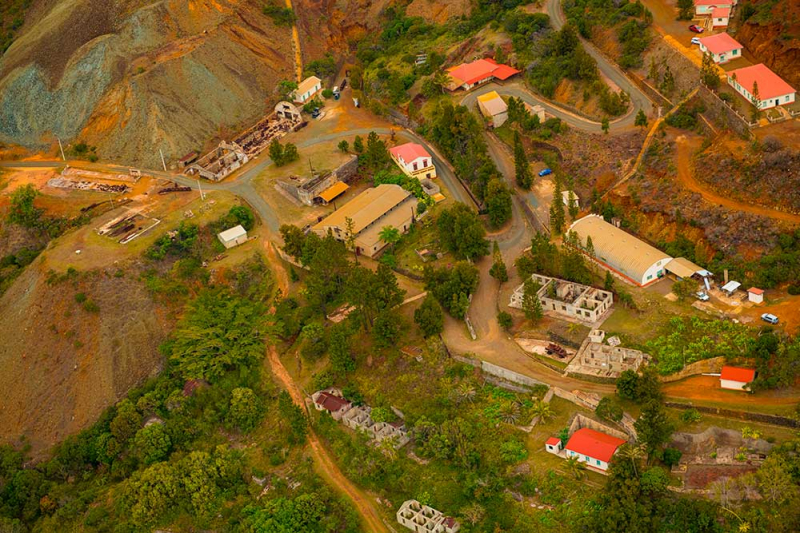
Photo: Tourisme Province Nord 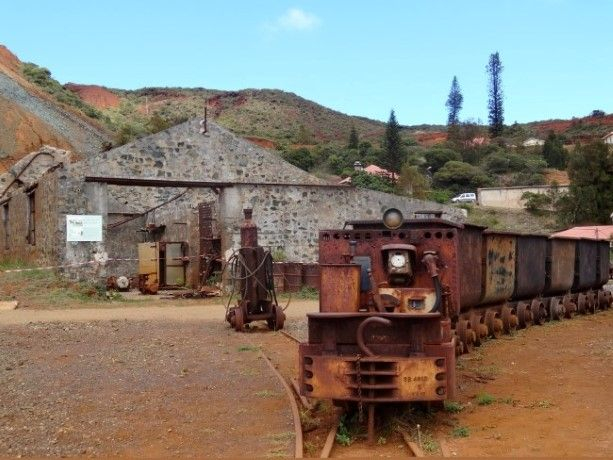
Photo: Photo: Yoytourdunmonde.fr -
The Voh Eco-Museum, located in the village center, informs visitors that this municipality was once a hotbed of coffee culture and production in the early twentieth century. Coffee plantations covered more than 500 hectares of land and yielded around 300 tons of coffee each year.
The former Destoop mansion was magnificently refurbished in 2011 to become the Voh Eco-Museum. Short-term exhibitions on topics related to coffee are held at the museum on a regular basis. There was an exhibition about the pioneering family in coffee growing, as well as a show about the several types of coffee grown in Caledonia (robusta, arabica and Leroy). Throughout the season, organized days are held on a regular basis. Breakfast is available at the venue, and there is, of course, a broad selection of coffees!
Location: Voh
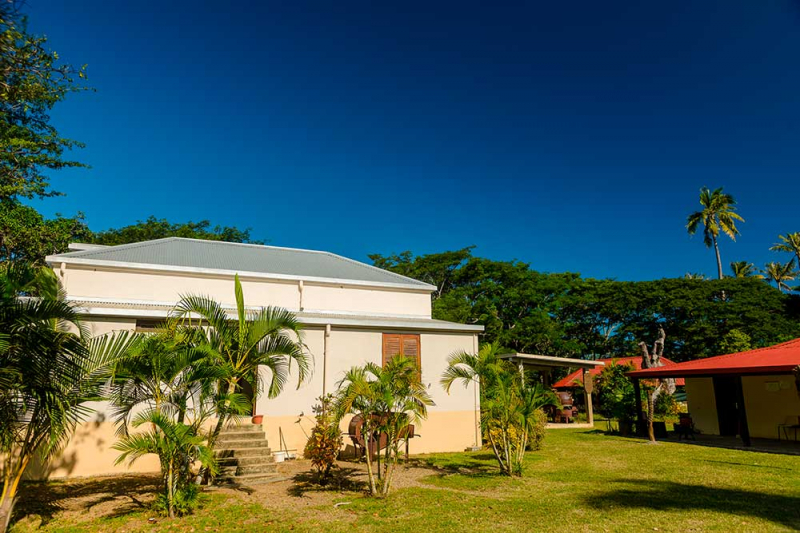
Photo: Tourisme Province Nord 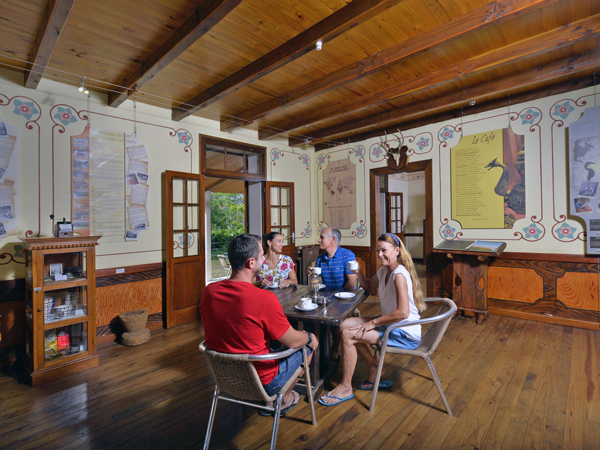
Photo: New Caledonia Tourism -
The Thio Mining Museum, which opened in 1993, is housed in an old colonial-style mansion that once belonged to the corporation SLN (Société Le Nickel), where its local director lived. The museum was temporarily relocated to new premises in 2010 due to serious structural degradation. In 2015, however, the historic museum returned to its original location — which is also historic!
Nothing is more straightforward than locating the village museum. At the entryway, there is an ancient steam locomotive. There are images depicting the municipality as it was at the turn of the twentieth century in the four halls of the permanent exhibition, as well as a collection of historic tools and a mineral collection. From a broad perspective, the exhibition is organized around three major themes: the birth of the village, mining professions, and the mechanization era. The most enthusiastic visitors can purchase a piece of mineral and take a piece of green gold home with them!
Don't forget to elevate your eyes when you exit the museum. The pylons of the ancient overhead lift, which was in use from 1951 to 1974 and carried minerals over roughly 4 kilometers from the Le Plateau mine to the mineral port, can be seen above the structure. After seeing this one of the most beautiful historical sites in New Caledonia, you must visit the Le Plateau mine!
Location: Thio
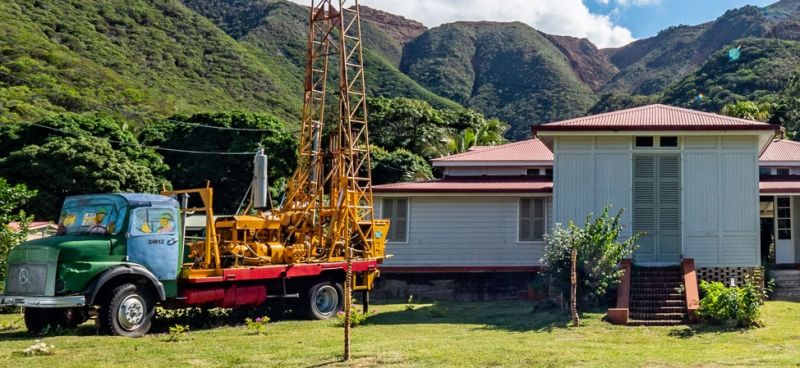
Photo: newcaledonia.travel 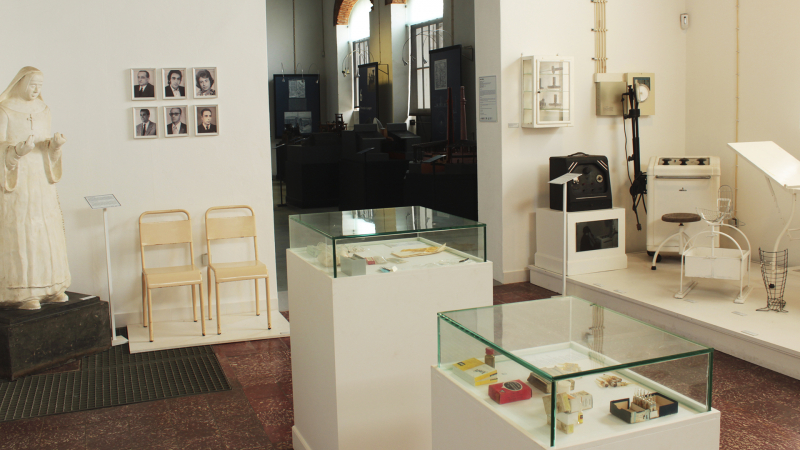
Photo: Pinterest -
The City Museum is similar to the current World War II Museum, which is housed in a half-moon-shaped structure inherited from the Americans who used New Caledonia as a rear station during WWII. The Maritime Museum in the port chronicles the rich history of the Pacific, as well as the voyage of La Pérouse. Finally, the New Caledonia Museum is a must-see for anyone interested in the Melanesian world's culture, customs, and secrets, particularly the Kanak culture. From West Papua to Eastern Polynesia, the museum houses a rare collection of Oceanic artifacts.
This museum houses one of the world's most spectacular collections of Kanak art. It also features a unique collection of Oceanian artifacts that encourage visitors to appreciate the vast diversity of South Pacific cultures, from Western Papua to Eastern Polynesia.
This charming tiny museum will give visitors a taste of Nouméa's history. Temporary exhibitions are held on a regular basis in addition to the permanent exhibitions dedicated to different periods of Nouméa's history. Don't miss the botanical garden and its rare essences in the museum's rear. Visitors can also familiarize themselves with two of the world's largest ore transport sailing ships, the France 2 and the Roanoke, thanks to beautiful reconstructions.
Location: Nouméa
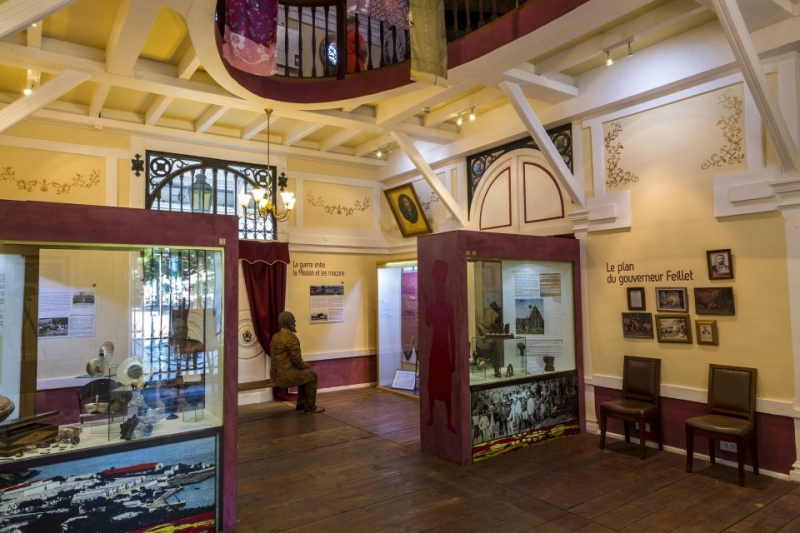
Photo: Easyvoyage UK 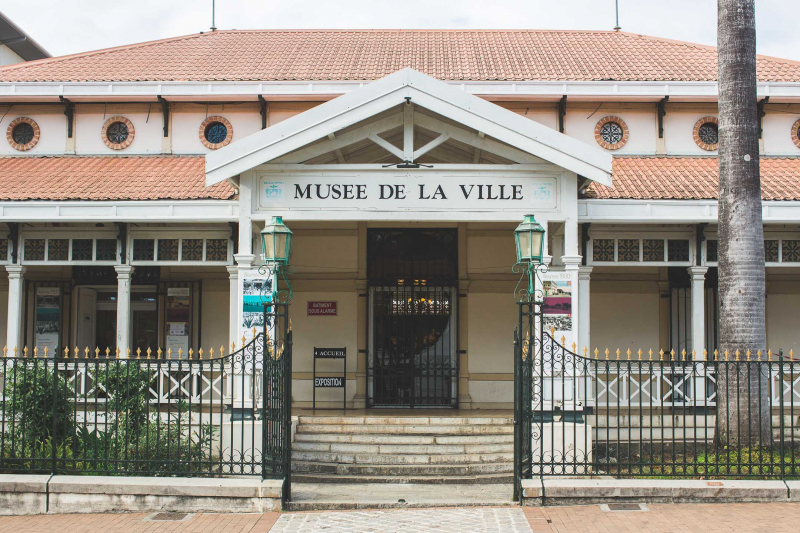
Photo: New Caledonia Tourism










